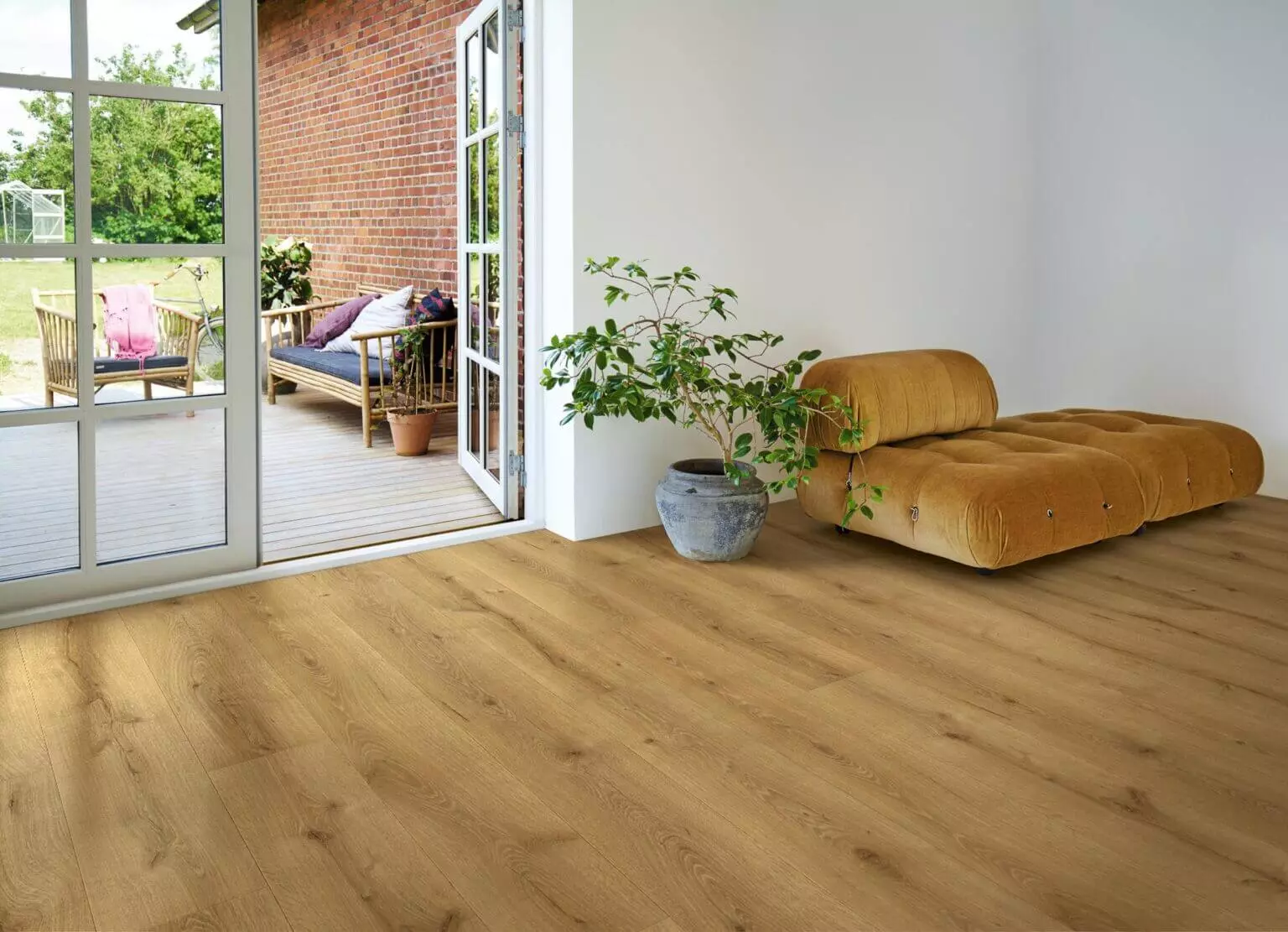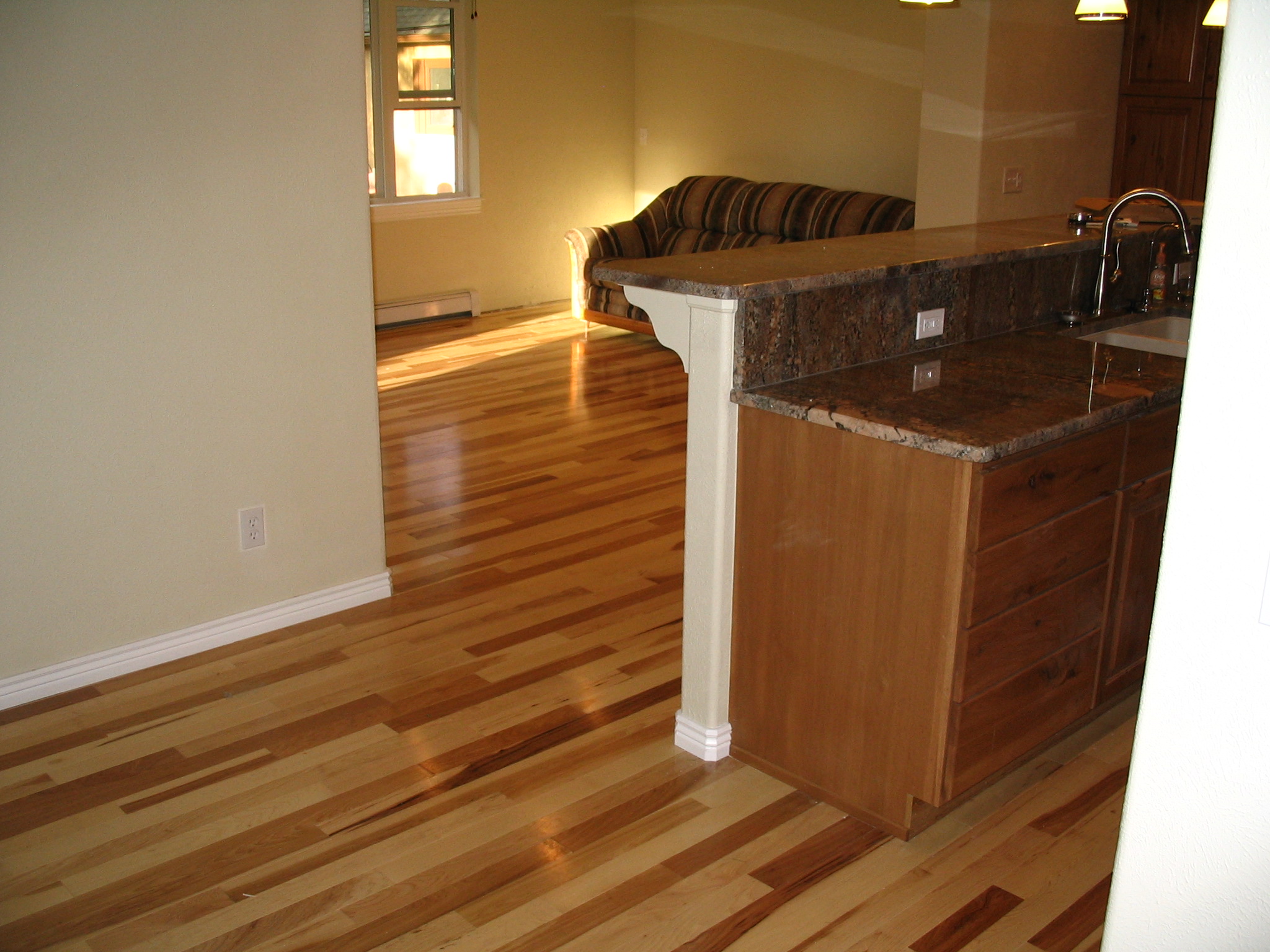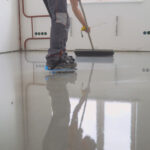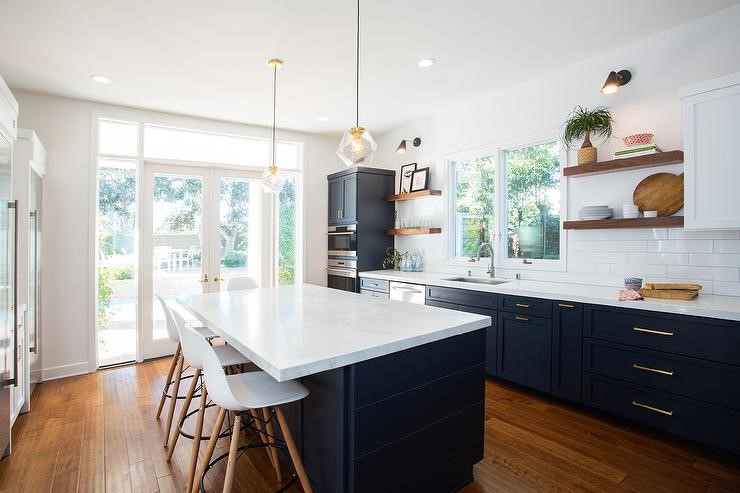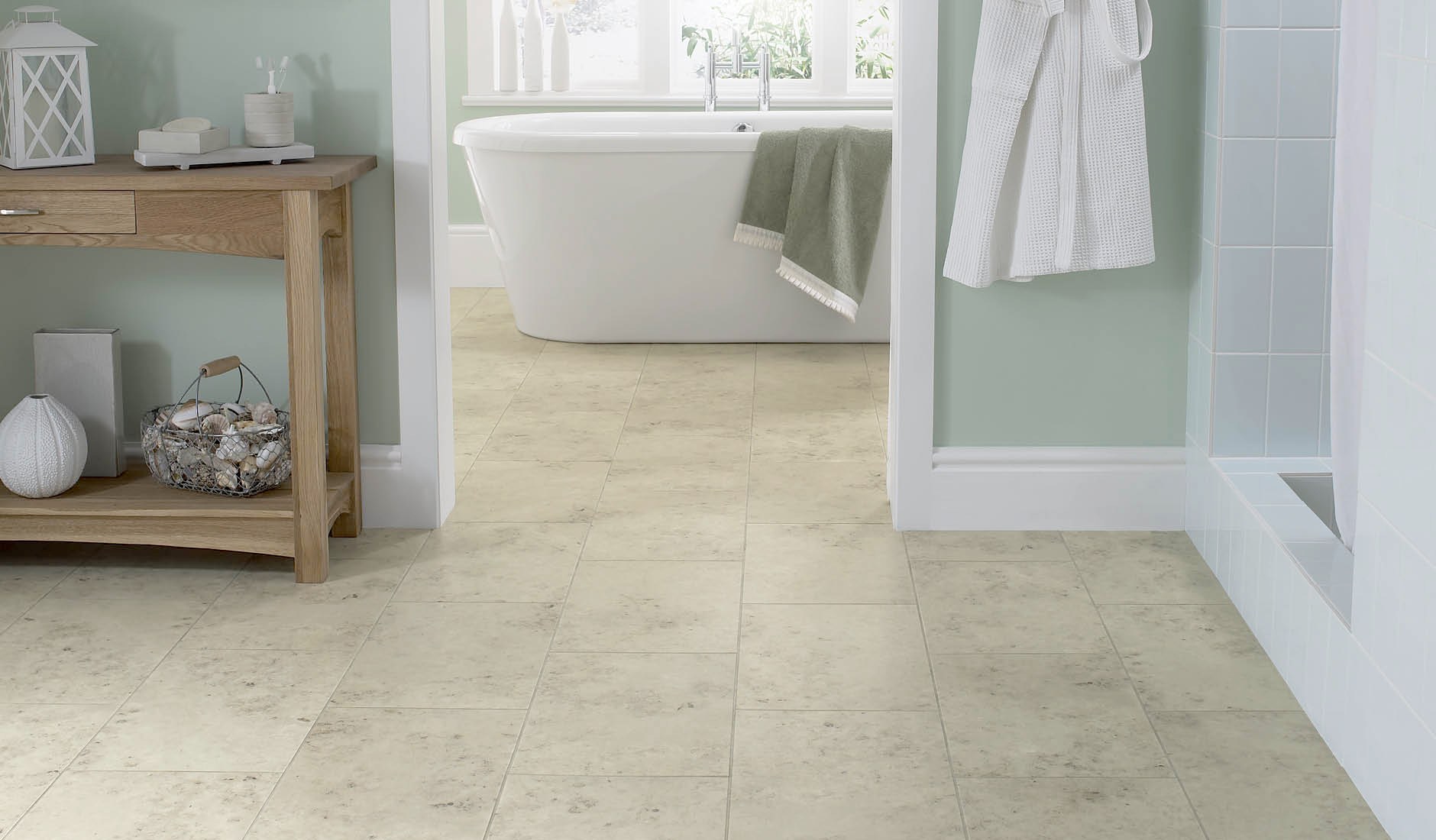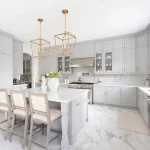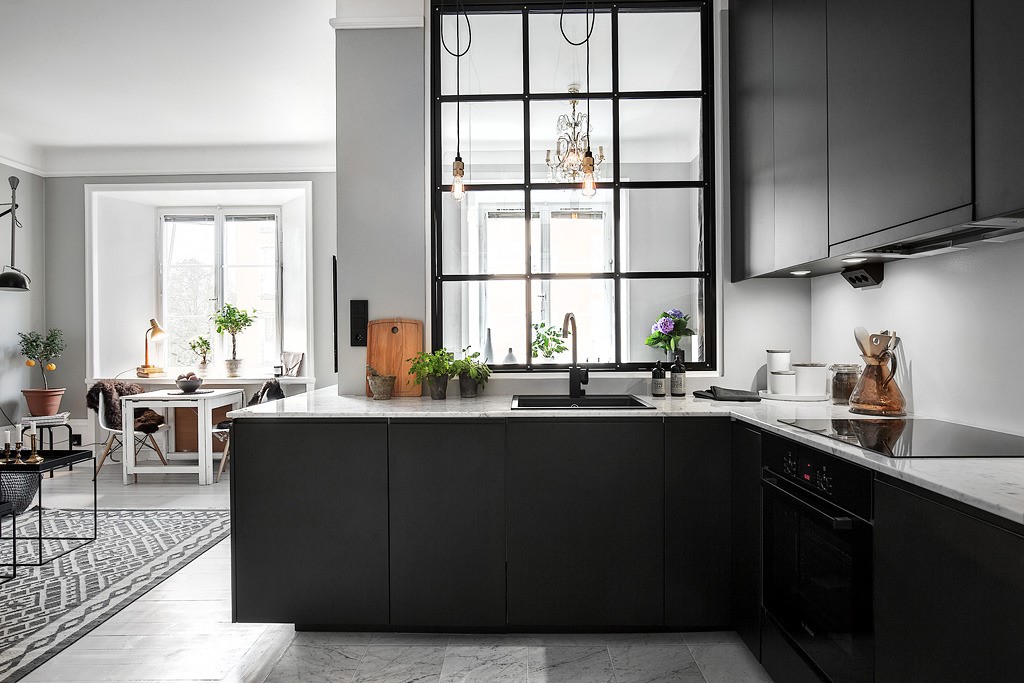Parquet, wooden flooring or laminate flooring must be installed with two basic precautions: assess the humidity of the support and the environment, and take into account the possible expansion and contraction of the wood.
Here’s how to identify the problem and how to fix it. Ready to get a well-installed floor?
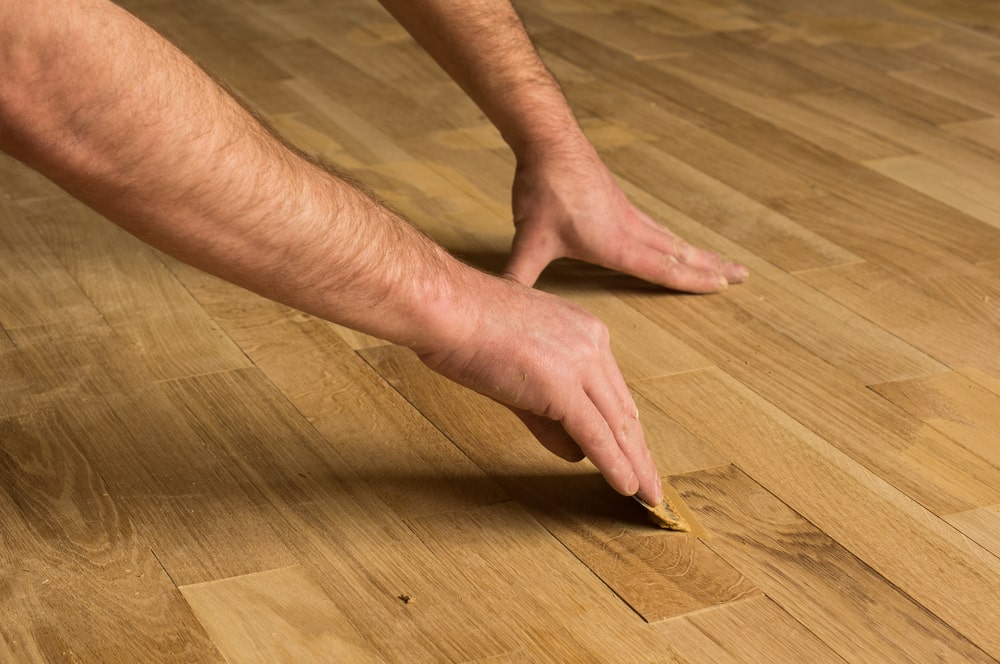
Diagnose the problem
Parquet, plank or laminate wood floors, whether they are multi-layered or solid, can warp and lift. This phenomenon can occur suddenly after its installation, (which leads us to find out what the problem is), or in a more subtle way throughout the life of the floor.
The causes of this deformation are usually always the same. The wooden floor is a “living” floor, which reacts to external phenomena , such as the humidity of the air, that of the support, etc. It dilates and when it no longer finds space, it undergoes a greater or lesser deformation.
Although, due to their composition, synthetic wood floors or multi-layer flooring are more stable than solid wood floors, the same installation rules apply to them with regard to the preparation of the support and peripheral expansion. As with any task, while this problem can be fixed, the repair presents some challenges. First, it will be necessary to diagnose the problem to take care of it, since if the parquet rises once, it will rise again until the basic problem is solved. You have to do a thorough treatment, it is not enough to put a simple band-aid!
Residual moisture
Residual moisture is a problem that occurs just after laminate installation process is done (around 15 days), after applying a leveling compound to the substrate, since good preparation of the substrate is often necessary before installing the parquet. It is necessary to respect the drying time, which may vary depending on the conditions of the installation site: lack of ventilation, lack of heating or insufficient heating, etc.
Humidity in the support
As with residual moisture, the problem of moisture in the support does not only affect new constructions. For example, it can come from a basement and not be a problem for other floor coverings.
Important: on a traditional cement screed – style support , a minimum of 1 mm drying per day must be counted. In other words, if you have a 10 cm support, you will have to wait a minimum of 100 days, unless you speed up the drying in some way, which does not exempt you from the need to test the support with a hygrometer, which is mandatory. to be absolutely sure.
The floating parquet will absorb the humidity present in the support and will end up deforming.
There are no possible miracles that prevent it! Simply, you have to diagnose the support before installation. And the humidity level has to be less than 3%. Otherwise, the installation should not be done.
On the other hand, it is necessary to apply a treatment to the support to block this permanent humidity. The available solutions consist of carrying out a thorough treatment of the support.
Important : the base layers required to lay floating parquets usually have a vapor barrier, but this barrier is not enough to isolate moisture. You have to do the treatment for humidity beforehand, before laying the parquet.
Water damage
In this case, moisture (always moisture!) appears above the floating parquet. If water damage occurs, often from standing water over a long period of time, the parquet will become soaked.
At first glance, it will not appear to be warped, but will be seen later, when it dries. Obviously, the less time the water is stagnant, the better.
It will be necessary to dry the parquet as much as possible and wait a bit to check the damage caused by deformation. If the problem is not global, you can always change the affected slats.
Air humidity/dryness
Contrary to the two previous phenomena, the humidity and dryness of the air can also cause the parquet to deform.
In a floating parquet, more stable than a solid one, it can occur if the air conditions are extreme.
If the air has too much humidity, something uncommon in interior areas and away from river areas, the parquet can be deformed. However, it is more common for the balance of the parquet to be broken because there is too much dryness in the air (humidity less than 30%) due to the use of heating or air conditioning.
Once the problem is detected, it is simply necessary to humidify or dehumidify the air so that the parquet recovers its usual shape. This can happen unless the parquet has been raised too much.
Remember that the rate of hygrometry or humidity level of the air to be able to lay a parquet must be between 45% and 65%.
Lack of peripheral dilatation space
This is the second biggest problem that causes the deformation of a floating parquet. The parquet must not touch ANY element , it must be able to expand naturally thanks to the mandatory space that you must leave in the peripheral area and this must be at least 8 mm.
This space must be left around door frames, around the room periphery, around heating pipes , at the junction with another floor covering, in short, anywhere there is an obstacle.
Failure to leave this space of at least 8 mm is a serious installation error, as the parquet will push against any obstacles it encounters, will not find the necessary space and will rise. As long as there is only one part in contact, the entire parquet will deform and you will have the impression of walking on a trampoline.

I am Scott Miller and my love is writing about home improvement. I write mostly about home ideas, but also share some tips and tricks that can make your life easier when it comes to getting things done in the house.
